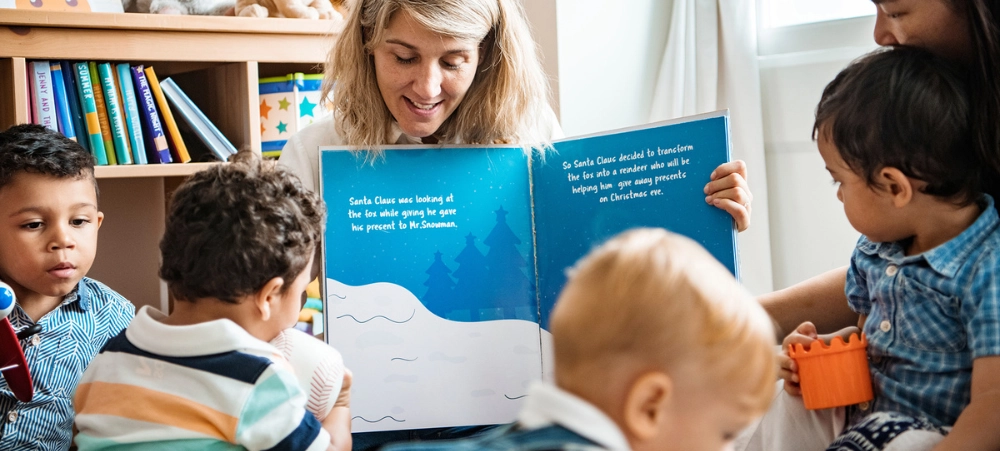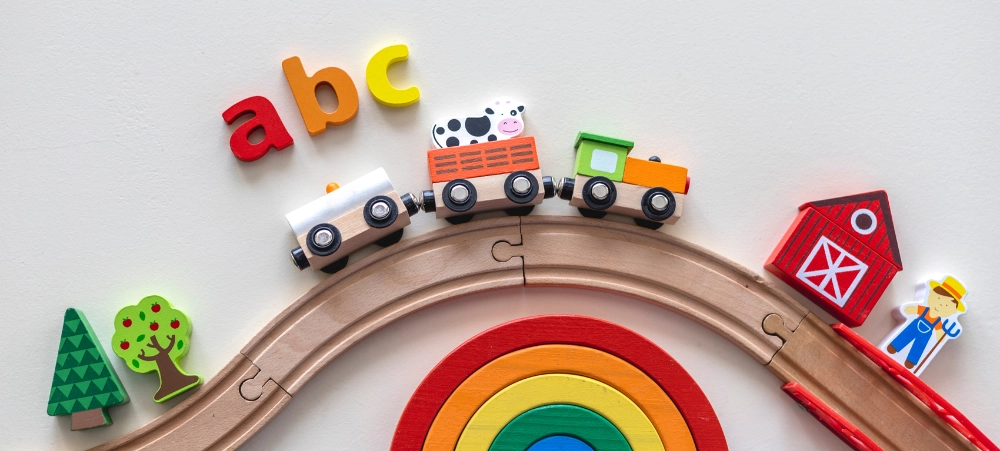
Why Reading with Your Child Matters
Many parents treasure bedtime stories as part of their child’s nighttime routine. It’s a cherished moment to snuggle up and unwind after a busy day, but the benefits of reading together go far beyond relaxation. With World Book Day 2025 on the horizon in April, it’s the perfect time to reflect on the incredible impact reading can have on your child’s development — and to discover the wonderful world of Twinkl’s Book Boma collection. The Magic of a Bedtime Story Setting the Tone for Sleep: A predictable bedtime routine is essential for children, helping them transition from a day full of activity to a calm and restful state. Reading a story signals to their brain that it’s time to wind down, promoting better sleep — especially when this routine is consistent. Building Language and Vocabulary: Storytime exposes children to new words and phrases, enriching their vocabulary and strengthening communication skills in a natural, engaging way. Fostering a Love for Reading: Reading regularly with your child can cultivate a lifelong passion for books. Letting them choose a story or two adds excitement and ownership to the experience, encouraging them to look forward to reading. Boosting Listening Skills: Sitting still and paying attention to a story helps children develop their listening abilities — an essential skill for learning and social interactions. Strengthening Parent-Child Bonds: The closeness of cuddling up with a story makes children feel loved and secure. This one-on-one time nurtures your relationship and provides your child with the attention they crave. Lowering Stress and Anxiety: The soothing sound of a parent’s voice can calm an anxious mind. Reading aloud provides comfort and security, promoting relaxation and emotional well-being. Creating a Safe Space for Conversations: For older children, reading together can open the door to important conversations. A story might spark discussions about school, friendships, or feelings they might otherwise struggle to express. Accessing Books Doesn’t Have to Be Expensive You don’t need to spend a fortune to build a home library. Public libraries are treasure troves of stories, and second-hand bookshops are filled with affordable finds. But if you’re looking for a convenient, digital option, Twinkl’s Book Boma collection offers an amazing range of ebooks — perfect for reading on tablets or computers. These books are designed to engage young readers with captivating stories and beautiful illustrations, making them ideal for bedtime or anytime reading. Plus, they’re easily accessible, so you can browse and pick a story together without leaving home. Celebrate World Book Day 2025 with Your Child World Book Day, celebrated annually, is a global event dedicated to the joy of reading. It’s a wonderful opportunity to introduce your child to new books, dress up as their favourite characters, and participate in fun reading activities. Why not mark the occasion by exploring Twinkl’s Book Boma collection or visiting your book store? You could even start a new tradition of reading a special story every World Book Day — creating memories that last a lifetime. At the heart of it all, reading with your child is about connection. It’s about sharing laughter, adventures, and precious moments that strengthen your bond. Whether you’re discovering a brand-new ebook or revisiting an old favourite, the time you spend reading together is a gift that will shape your child’s future. So, grab a book, snuggle up, and let the stories begin — because every page turned is a step toward a brighter, more imaginative world. Learn more at : https://www.twinkl.co.za/l/17wjho


































